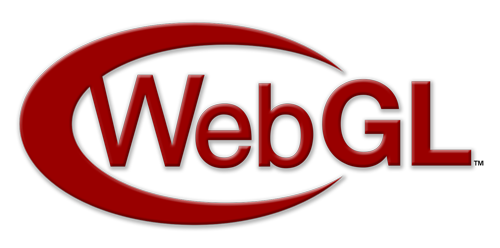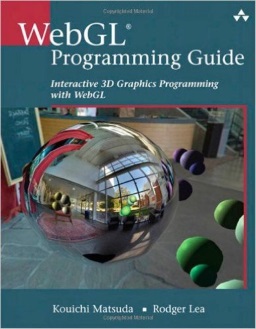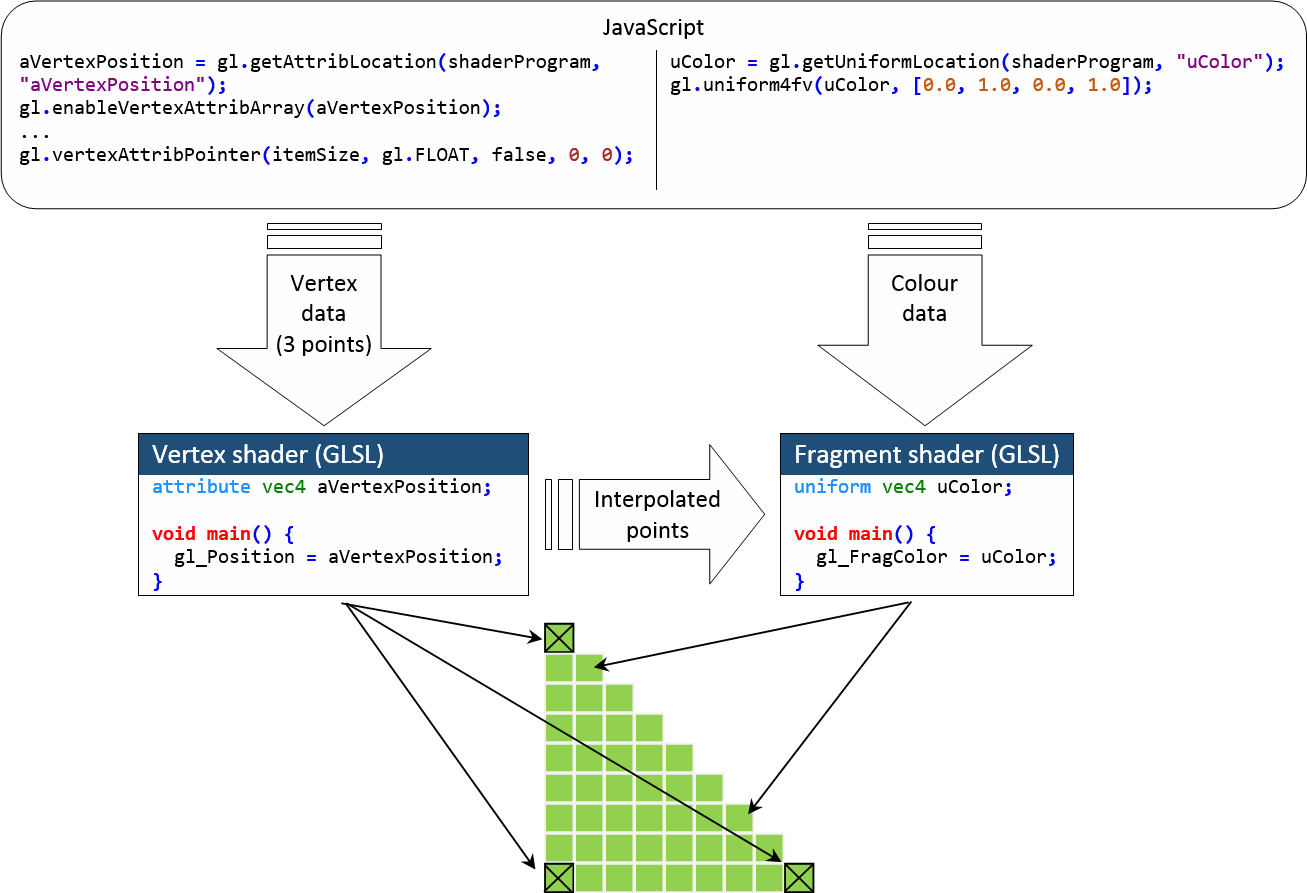

 Workshop
Workshop
GLSL
Speaker: Carl Bateman
Tuesday, 17th May 2016
Skills Matter | Code Node, 10 South Place, EC2M 2RB, London
Next: TBA
Carl Bateman

By day
- Software Engineer (desktop and web)
- C#, C++, VB, MySQL, .NET, Linq, blah, blah... blah...
- JavaScript, CSS, HTML, WebGL, jQuery, Three.js, blah, blah... blah...
By night
- Software Engineer (still)
- OpenGL, Unity, JavaScript, PHP, CSS, HTML and, of course, WebGL
Carl Bateman

- WebGL Workshop Organiser
- Khronos London Chapter Coordinator
-
Self-appointed WebGL Evangelist
-
Nerd
-
Zealot
- Looney
-
Zealot
-
Nerd
Basically
- I love to code
- I love to graphic
- I love to math†
- eπi +1 = 0 and i² = j² = k² = ijk = -1 ... FUN!!!
- I love to web
Caveat: I approach WebGL from a mathematical, progamming perspective rather than a web design perspective
† the verb form is the only correct use of “math” all other forms are an abomination before man and God
Contact
| meetup.com/WebGL-Workshop-London | |
| [email protected] | |
 |
@CarlBateman |
Thanks to...

• For the pizza & beer
• With whom I am affiliated

• Venue
• With whom I am in no way affiliated


• 45% discount "WebGL Programming Guide" eBook edition
• Check out the MeetUp page
WebGL Workshop
After workshop drinkies and
further networking
WebGL Workshop
Ask questions
Takes photos
Tweet!!!
#WebGLWorkshop
Khronos.org
WebGL Workshop
GLSL part 2
Website
WebGLWorkshop.com/22
Download
WebGLWorkshop.com/22/workshop22.zip
GLSL
Agenda
- Recap
- What is a shader?
- A basic shader
- A custom shader THREE.js
- Vertex Shader - Vertex Displacement - A basic shader - SIMD
- Sphering the cube - animated
- Woozy cube - animated
- Fragment Shader - texture - vs Vertex Shader
- Image Processing
- Light
What is WebGL?
WebGL - OpenGL ES 2.0 for the Web
“WebGL is a royalty-free, cross-platform API that brings OpenGL ES 2.0 to the web as a 3D drawing context within HTML, exposed as low-level Document Object Model interfaces.
“It uses the OpenGL shading language, GLSL ES, and can be cleanly combined with other web content that is layered on top or underneath the 3D content.
“It is ideally suited for dynamic 3D web applications in the JavaScript programming language, and will be fully integrated in leading web browsers.”
Khronos.org
What is WebGL?
- Combination of JavaScript and GLSL
- Canvas based
- JavaScript API
- Browser access to the GPU
- Control the GPU via shader programs
- Part of web standards
- Available on all devices and browsers
- Renders 2D and 3D graphics
“Just” a renderer / rasteriser, but can be bent to our will
e.g. image processing
How WebGL Works
JavaScriptCreate Context/Canvas Draw commands Data control GLSLShader program Vertex shader transform vertices Fragment (pixel) shader transform pixels |
 |
How WebGL Works

Shaders
Simple vertex shader
Simple fragment shader
GLSL
Language features
C-like
Strongly typed
Optimised for geometry
Native support of vectors and matrices (no quaternions)
Built-in geometry functions e.g. cos, sin, dot, cross, reflect
Swizzle:
vec3 v1, v2;
v1[0] = v2.r;
v1.xyz = v2.rgb;
v1.zyx = v2.bbb;Textures via sampler2D and texture2D (no 1D or 3D textures)
Three.js
var camera, scene, renderer, mesh;
init();
animate();
function init() {
camera = new THREE.PerspectiveCamera( 70, window.innerWidth / window.innerHeight, 1, 1000 );
camera.position.z = 400;
scene = new THREE.Scene();
var texture = THREE.ImageUtils.loadTexture( 'textures/crate.gif' );
var geometry = new THREE.BoxGeometry( 200, 200, 200 );
var material = new THREE.MeshBasicMaterial( { map: texture } );
mesh = new THREE.Mesh( geometry, material );
scene.add( mesh );
renderer = new THREE.WebGLRenderer();
renderer.setPixelRatio( window.devicePixelRatio );
renderer.setSize( window.innerWidth, window.innerHeight );
document.body.appendChild( renderer.domElement );
}
function animate() {
requestAnimationFrame( animate );
mesh.rotation.x += 0.005;
mesh.rotation.y += 0.01;
renderer.render( scene, camera );
}